Psychology > Summary > Gestalt Theory Monica Sharber History and Modern Systems of Psychology How Major psychological Thoug (All)
Gestalt Theory Monica Sharber History and Modern Systems of Psychology How Major psychological Thought Informs Professional Behavior Capella University
Document Content and Description Below
Introduction Psychology is the methodical study of the human mind and its functions, particularly those influencing behavior (Schultz & Schultz, 2016). Throughout history there have been many ind... ividuals that have aimed to understand different aspects of human behavior and how it relates to the conscious and unconscious states of mind. As a result of curiosities, psychologist have been able to learn and build upon each other’s work leading to countless psychological theories and approaches. Wilhelm Wundt is often deemed as the father of psychology (Schultz & Schultz, 2016). Wundt’s theory on structuralism, looked to identify the structure or components of the human mind, and suggested that the whole is equal to the sum of the parts, which was later developed by his student Edward Titchener (Schultz & Schultz, 2016). Wundt has had great influence on the development of psychology as a science, and Gestalt psychology develop as a product of his search for knowledge and understanding. Gestalt Psychology was initiated by the ideas of Max Wertheimer, Kurt Koffka and Wolfgang Kohler. The essence of the Gestalt theory suggest that the whole is greater than the sum of its parts and focuses on perception, how something is looked at (Schultz & Schultz, 2016). The nature of Gestalt psychology and human perception suggest that the human mind interprets what is seen by what we feel, and the human mind can fill in the blanks (Wertheimer, 2014). This research paper will focus on Gestalt school of thought, major events, cultural factors that lead to the development of Gestalt psychology and how it can be applied to supervisory roles and the understanding of employee performance in the workplace. Cultural Influences on Gestalt Theory The development of Gestalt Psychology has been influenced by several different individuals such as Immanuel Kant, Ernst Mach, and Christian von Ehrenfels. The Gestalt culture contributes to professional behavior using perception and insight to solve problems by looking at the human mind as seeing objects, situations and individuals as a whole not individual parts. Kant’s contribution to Gestalt psychology focused on perception and how the human mind views objects, he suggested that the mind perceives objects meaningfully and organized, viewing objects as pieces of a whole (Schultz & Schultz, 2016). The next influencer on the development of Gestalt Psychology is Ernst Mach, a physics professor who wrote a book titled, The Analysis of Sensations. Mach influenced gestalt psychology with his ideas of sensations (Schultz & Schultz, 2016). Mach suggested that the way the human mind perceives an object does not change even if the way we look at that object changes (Schultz & Schultz, 2016). Christian von Ehrenfels continued to build on Mach’s work and came up with Gestalt qualitäten which means (form qualities). Gestalt qualitäten suggest that perceptions are built on something more than piecing together independent sensations and suggested that a melody is considered a form quality because it sounds the same even if it is played in a different key (Schultz & Schultz, 2016). William James suggested that the human mind sees objects as wholes not bundles of sensations as suggested earlier by Wundtian (Schultz & Schultz, 2016). According to Schultz & Schultz (2016), what the parts of the problem have in common, is what is needed to achieve insight. The Gestalt idea suggest that in order to gain insight the psychological environment must be reorganized (Schultz & Schultz, 2016). The example of Sultan, the chimp after several attempts to get the object trying different ways to get the desired object by first using the boxes, then using familiar psychological things the man to get it for him Sultan restructured his thoughts about the environment and was able to gain insight on how to reach the desired object. Köhler approach to science involved looking at the whole and then seeing the parts (Schultz & Schultz, 2016). Problem solving experiments such as Sultan are used to determine behavior intelligence or intellect. I used the example of Sultan in relation to how gestalt psychology can guide the behavior of a supervisor. Looking at a situation from different angles does not change the situation but adjusting the environment and changing how the environment is viewed assist with better decision making. Major Events that Lead to the Gestalt Theory Max Wertheimer originated Gestalt psychology in 1910. According to reference, “It was the idea of the totality of the mind and behavior” (Schultz & Schultz, 2016). Riding on the train through Germany, Wertheimer produced an idea to coordinate an experiment about seeing motion when no actual motion was happening. For his experiment, “he got off the train at Frankfort, bought a toy stroboscope, and proved his insight in a preliminary way when he got to his hotel room (Schultz & Schultz, 2016). He was very excited about the results he discovered. Wertheimer’s experiment showed that “The stroboscope, a forerunner of the motion picture camera, rapidly projects a series of still pictures on the eye, producing apparent motion” (Schultz & Schultz, 2016). While this was a great thing, he needed to go deeper into his research. He covered all aspects of the experiment through a research program at the University of Frankfort while partnering with two psychologists Kurt Koffka and Wolfgang Kohler. They all successfully combined two major themes together while forming the Gestalt psychology, holistic and total allegiance to scientific objectivity (Sills et. al, 2012). In saying that, in 1912 the Experimental Studies of the perception of movement was published being the article marked as the Formal beginning of the Gestalt psychology school of thought (Sills et. al,2012). With Kohler’s strict natural scientific perspective, Koffa’s contributions of many experiments in the field, and Wertheimer at the head, the three psychologists combined over the years and published the book “Principles of Gestalt psychology” in 1935 (Sills et. al, 2012). These turned out to be the articles and books that Gestalt theorists and their students and critics referred to for decades after. Another major event that is known to have led up to the development of Gestalt psychology would be Wilhelm Wundt’s work. Gestalt psychology was partially a response to the structuralism of Wundt, which was that breaking down psychological matters into their smallest possible part was the best theory. Wertheimer showed how “the fields of organic wholes provide support for the Gestalt psychologists and is the revolutionary way of looking at perception” (Schultz & Schultz, 2016). In other words, the best perception is that the whole is greater than the sum of parts. To help prove this, Wertheimer aimed to show how the new science field “New Physics Impact” connect to his theory. While focusing on the wholeness of perception, he developed phenomenology, “a major movement in German philosophy and psychology, a doctrine based on an unbiased description of immediate experience just as it occurs while not being analyzed” (Schultz & Schultz, 2016). The New Physics Connection was believed as a connection between Kohler and Max Planck, an architecture of modern physics. Kohler wrote in his writings that “Because of Planck’s influence, he perceived a connection between field physics and the Gestalt concept of wholes” (Schultz & Schultz). These are just the few of the important major events that led to the development of Gestalt Psychology. [Show More]
Last updated: 1 year ago
Preview 1 out of 5 pages

Reviews( 0 )
Document information
Connected school, study & course
About the document
Uploaded On
Mar 23, 2021
Number of pages
5
Written in
Additional information
This document has been written for:
Uploaded
Mar 23, 2021
Downloads
0
Views
75


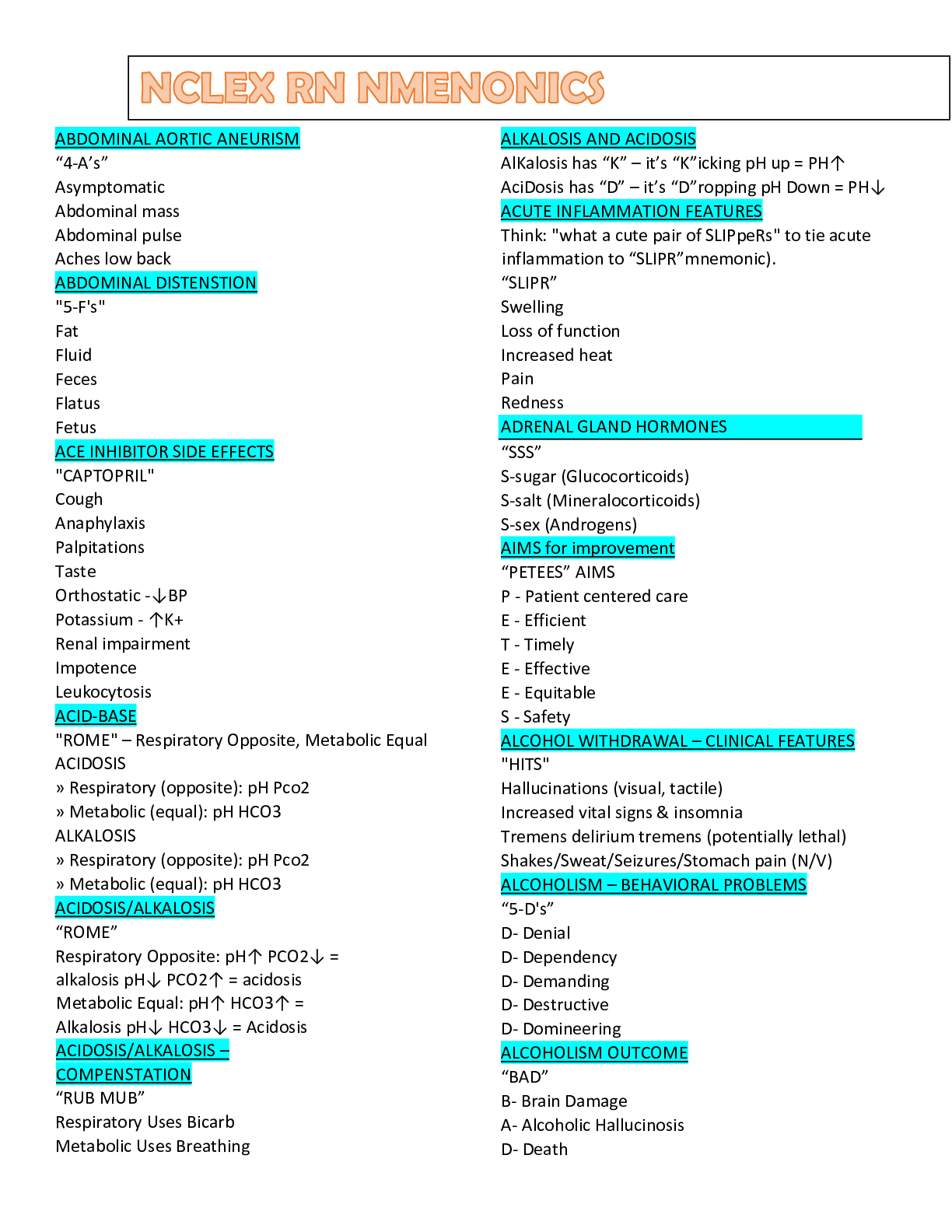


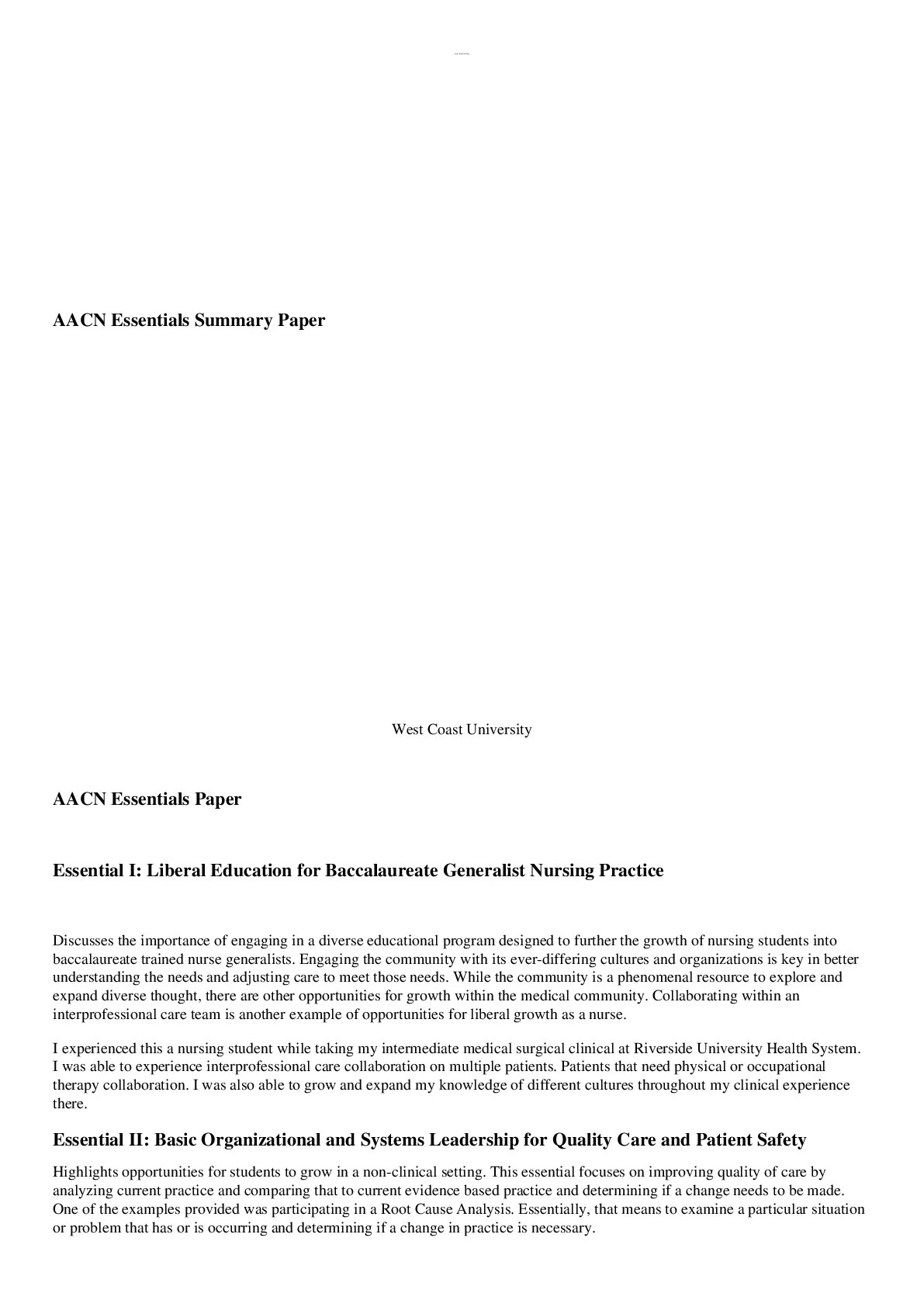








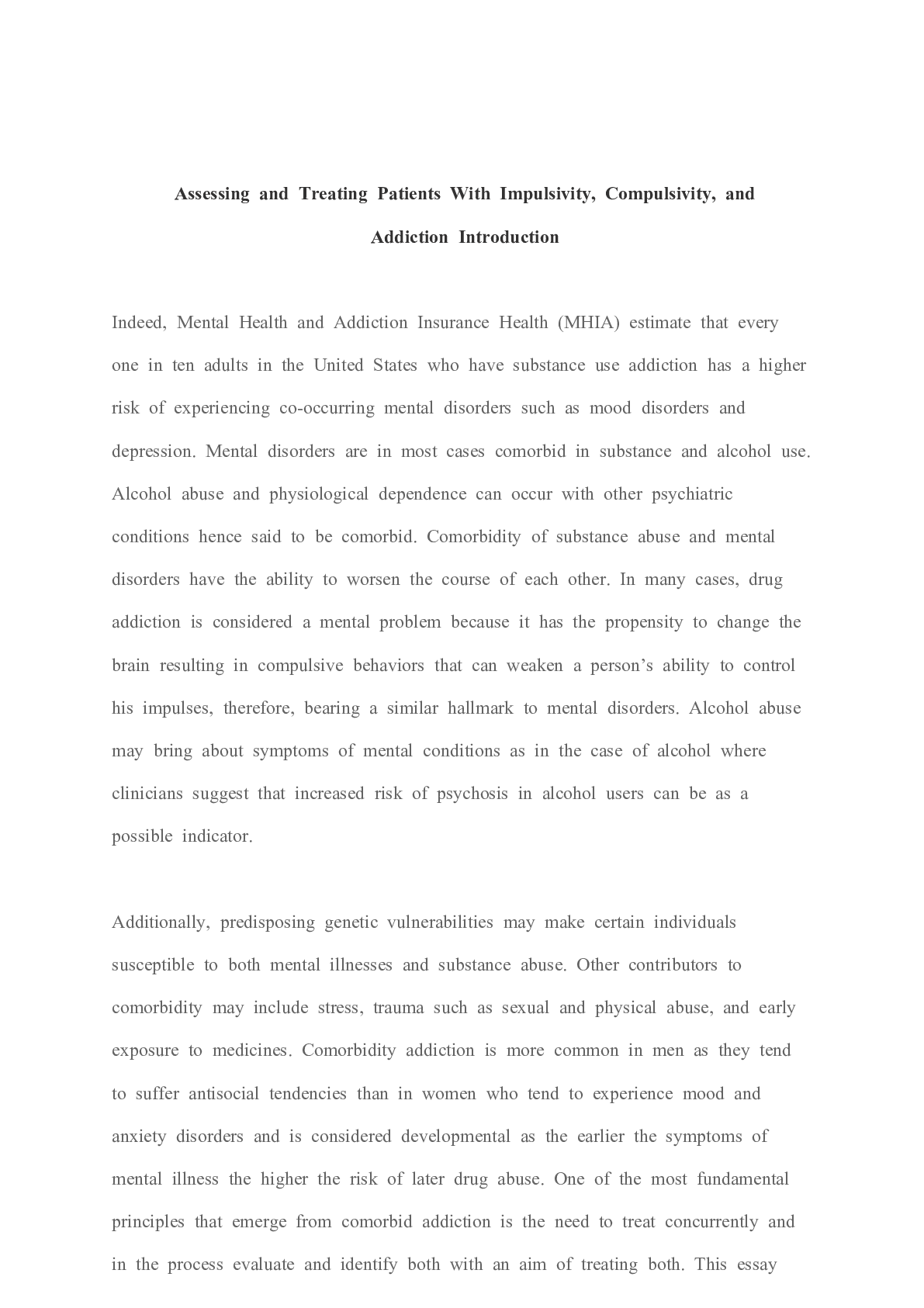



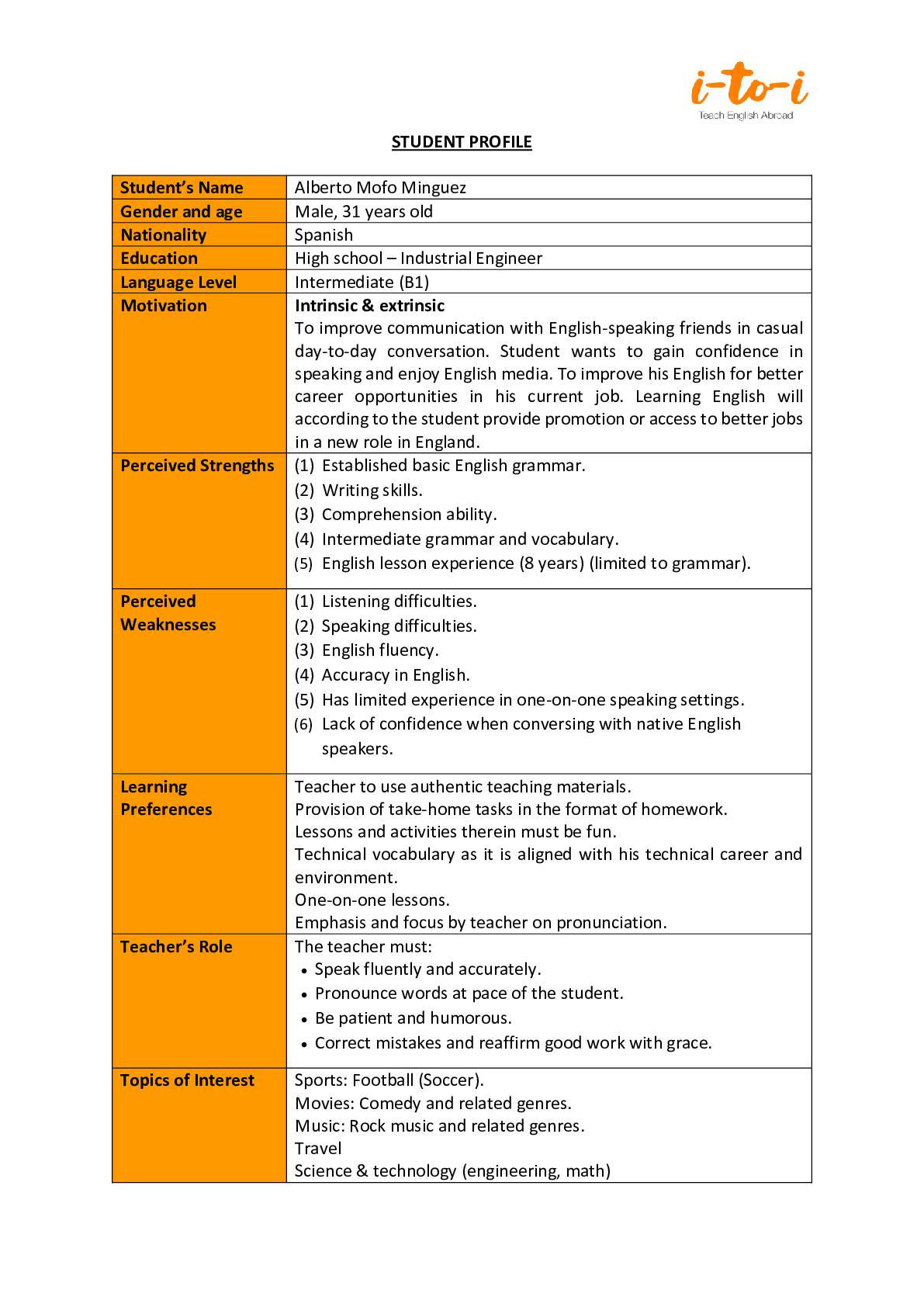
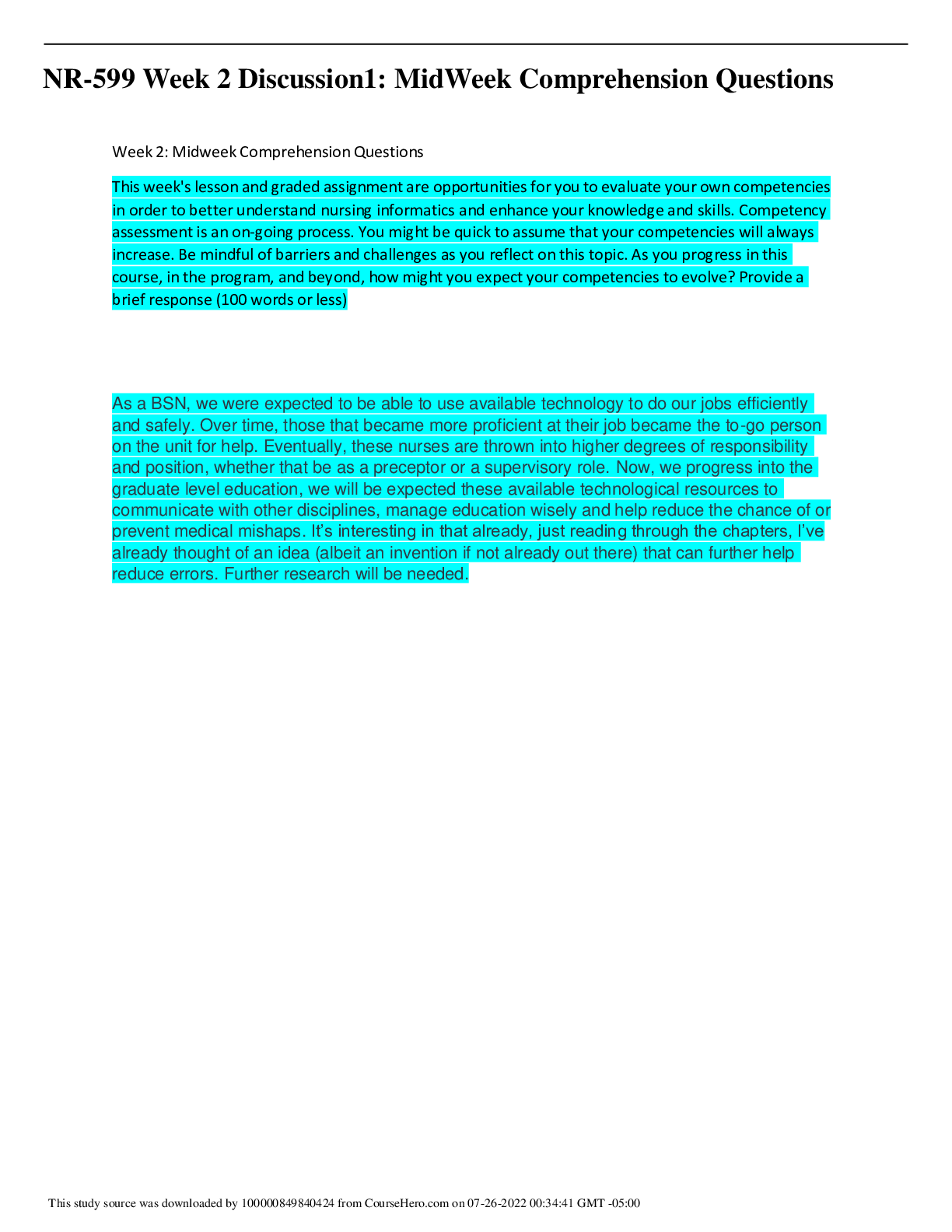

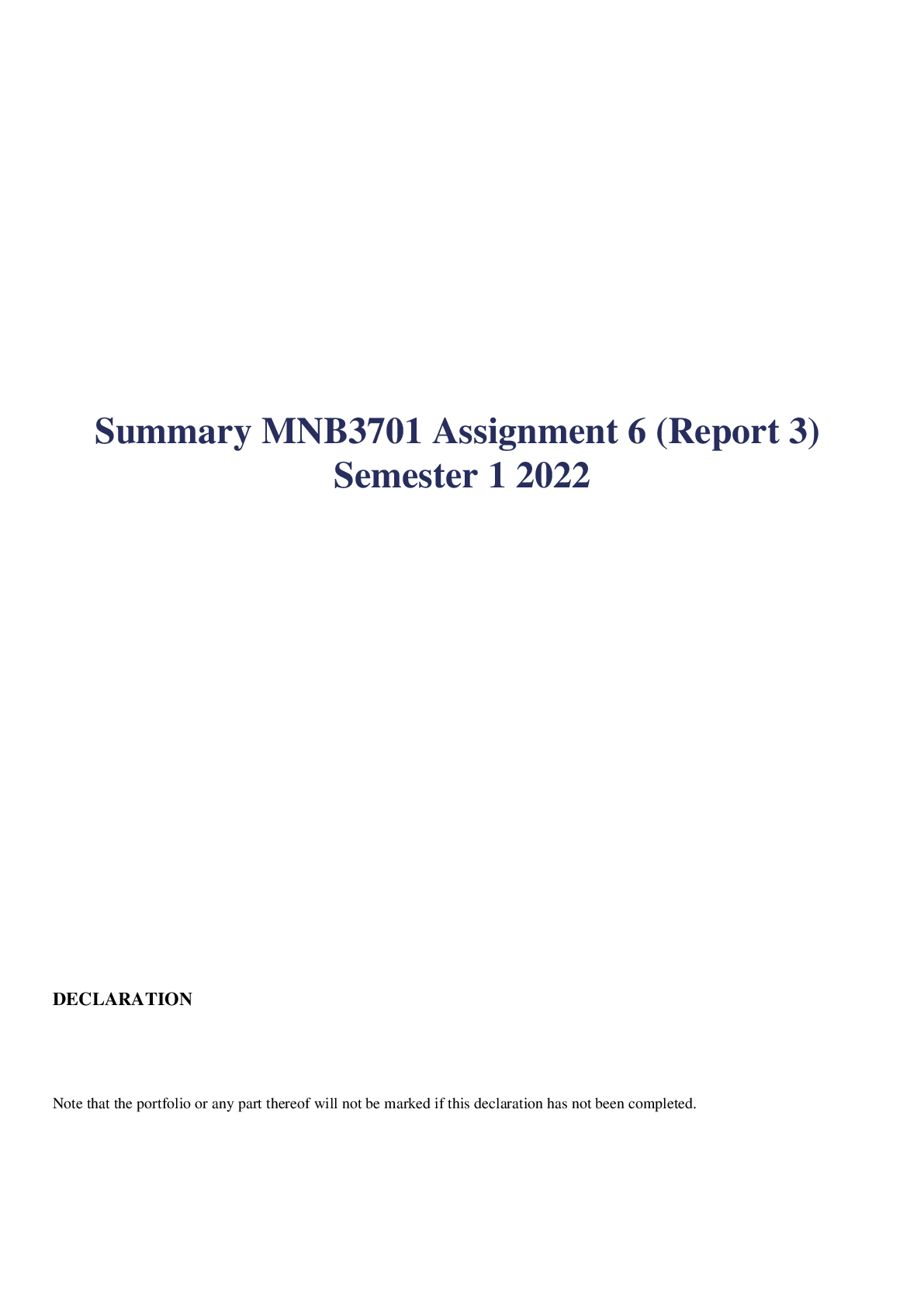
.png)

